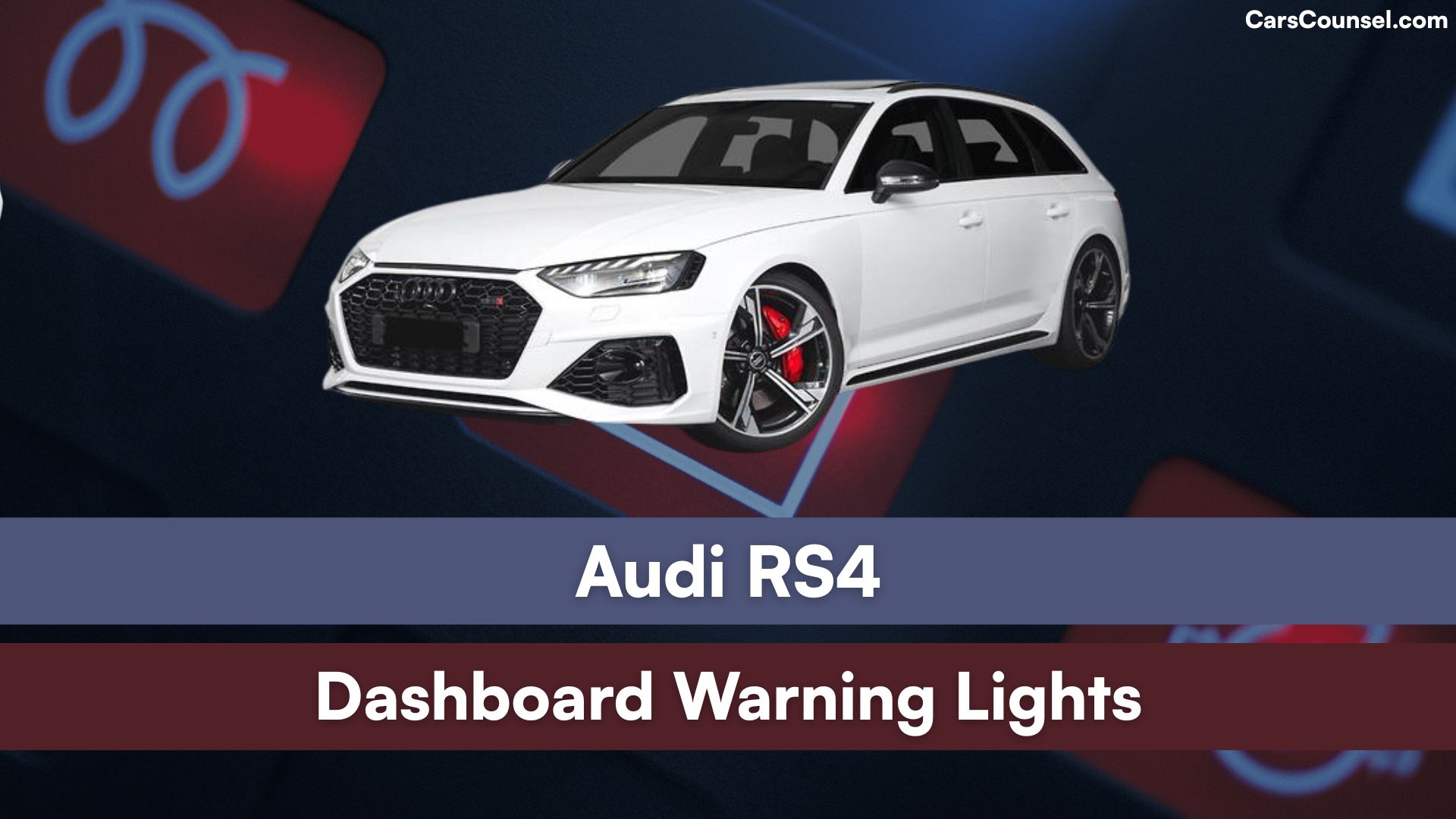
Quick Navigation
Red Warning Lights (Stop Immediately)
Brake System Alert
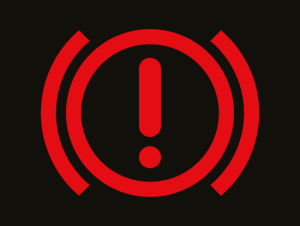
Indicates low brake fluid or a hydraulic failure that could compromise stopping power. Stop the car safely, do not drive further, and contact a mechanic immediately.
Engine Oil Pressure
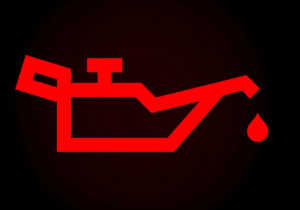
Signals low oil pressure or overheating, risking engine damage. Pull over, turn off the engine, check oil level, and seek professional help if needed.
Battery/Alternator Failure
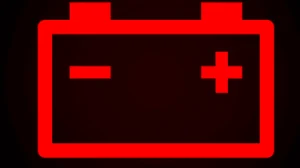
Points to a charging system issue, like a faulty alternator or battery, which could cause the car to stop running. Stop driving when safe and have it inspected right away.
Airbag System Malfunction

Warns of a fault in the airbags or belt tensioners, reducing safety in a crash. Stop and visit a service center to diagnose and fix the problem.
Seatbelt Reminder

Alerts if the driver’s seatbelt is not fastened properly. Buckle up immediately to ensure protection during driving.
Bonnet Open
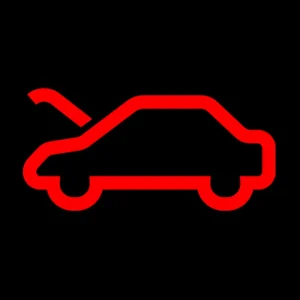
Indicates the hood is not fully closed, which could fly open while moving. Stop, secure the bonnet, and check for faults if the light persists.
Handbrake Engaged

Shows the parking brake is on while driving, risking brake wear or overheating. Release it fully before continuing.
Coolant Temperature High

Means the engine coolant is overheating or low, potentially causing severe damage. Stop the vehicle, let it cool, and add coolant or get help.
Power Steering Failure

Signals a serious issue with steering assistance, making the car hard to control. Pull over safely and contact roadside assistance.
Electronic Steering Lock

Indicates a malfunction preventing the engine from starting after shutdown. Do not turn off the ignition and seek immediate service.
Key System Warning
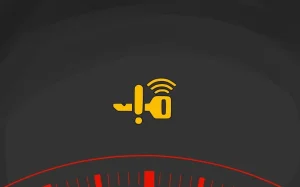
Points to a fault in the engine start system that could strand you. Keep the engine running and head to a service center.
AdBlue Low

Alerts that the AdBlue tank is nearly empty, which may prevent engine start. Refill immediately to avoid being unable to drive.
Brake Fluid Low

Indicates insufficient brake fluid, affecting braking efficiency. Stop driving and top up fluid or have the system checked.
Transmission Overheat
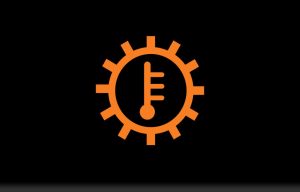
Signals high transmission temperature, risking gear damage. Pull over, let it cool, and visit a service center if it recurs.
Yellow/Amber Warning Lights (Action Required Soon)
Anti-Lock Braking System (ABS)
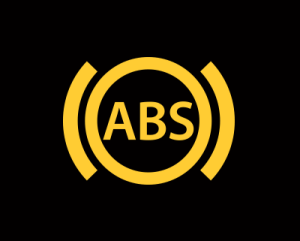
Indicates a fault in the ABS, reducing braking control on slippery roads. Avoid sharp stops and get it serviced soon.
Electronic Stability Program (ESP)
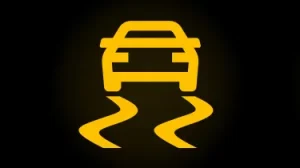
Shows a problem with stability control, which helps prevent skids. Drive cautiously and have it checked at a service center.
Tire Pressure Monitoring

Alerts to low tire pressure or a puncture, affecting handling and fuel efficiency. Check and inflate tires or replace if damaged.
Check Engine Light
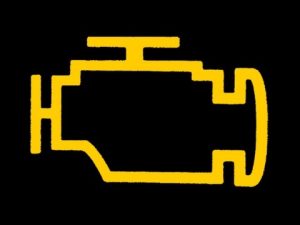
Signals engine or emissions problems, like sensor faults. Have a diagnostic scan done soon to avoid bigger issues.
Rear Fog Lights On

Reminds that rear fog lights are active, which should only be used in poor visibility. Turn off when not needed to avoid blinding others.
Audi Pre Sense Fault
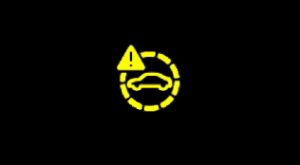
Indicates sensors for collision avoidance are blocked or faulty. Clean sensors and seek service if the light stays on.
Lane Departure Warning
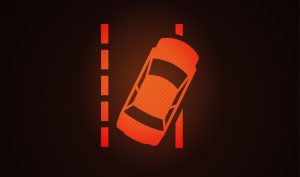
Alerts when lane assist can’t detect road markings due to dirt or faults. Clean cameras and get it inspected soon.
Suspension Control Issue

Warns of a problem with adaptive suspension, impacting ride stability. Drive carefully and visit a mechanic.
Diesel Particulate Filter (DPF)
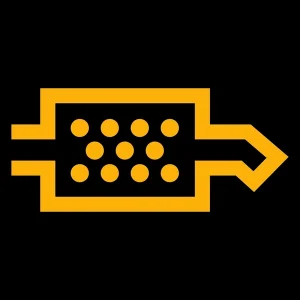
Indicates a blocked exhaust filter from soot buildup. Drive at higher speeds for 10-30 minutes or get it cleaned professionally.
Glow Plug System

Points to an emissions or running issue in diesel engines. Inspect the vehicle and consult a mechanic soon.
Brake Pad Wear

Alerts that brake pads are worn thin, reducing stopping power. Replace pads at a service center before they fail.
Central Indicator Light
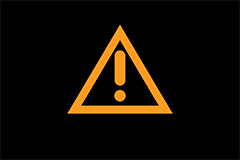
General warning for various issues; check the dashboard message. Investigate promptly to identify the cause.
Door Ajar

Shows a door is not fully closed, which could be unsafe. Stop and secure all doors before driving on.
Green Lights (Information Only)
Turn Signal Indicator
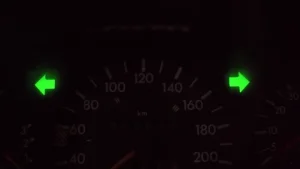
Blinks to show turn signals are active for changing lanes or turning. No action needed unless it flashes rapidly, indicating a bulb issue.
High Beam Indicator

Confirms high beam headlights are on for better night visibility. Switch to low beams when approaching other vehicles.
Cruise Control Active
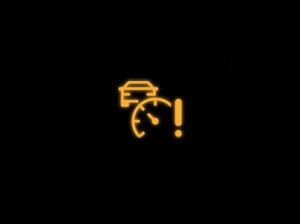
Indicates cruise control is engaged, maintaining a set speed. Adjust or disable as needed for varying conditions.
Traffic Jam Assist

Shows the system is active, helping with stop-and-go traffic. Monitor surroundings as it’s an aid, not fully autonomous.
Eco Mode Engaged
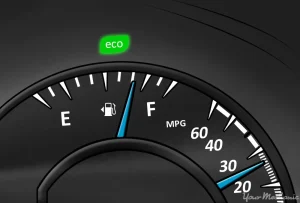
Indicates fuel-saving eco mode is activated, optimizing engine and transmission. Switch off for more performance if desired.
Headlight On

Reminds that headlights are active for low-light driving. No action required unless you want to turn them off.
Hold Assist On
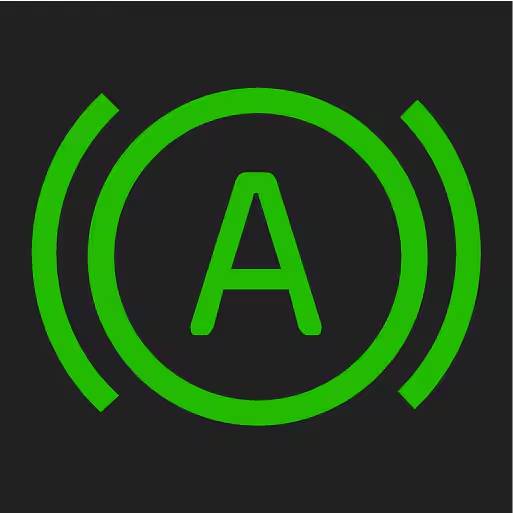
Indicates the hill hold feature is active, preventing rollback on inclines. Release brake to proceed.
Daytime Running Lights
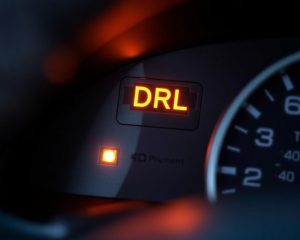
Shows automatic daytime lights are active for better visibility. No action needed; they enhance safety.
Adaptive Headlights

Indicates adaptive lighting is adjusting to road conditions. Continue driving normally.
Rain Sensor Active

Confirms automatic wipers are on, detecting rain. Adjust sensitivity if wiping is too frequent or infrequent.
Fuel Saver Mode
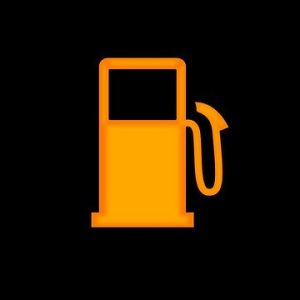
Alerts that the system is optimizing for efficiency. Drive steadily to maximize benefits.
Seat Heater On
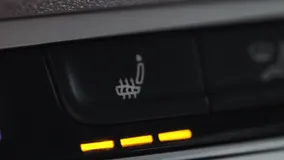
Shows seat heating is active for comfort. Turn off when no longer needed to conserve energy.
When looking at Audi, make sure to check out our guides on models like the Audi SQ7, Audi SQ5, Audi RS 6, and Audi S6. Understanding dashboard warning lights is essential. Our expert reviews break down what each light means, highlighting common alerts for these models and what they could signal about underlying issues, so you’re never left guessing behind the wheel.

